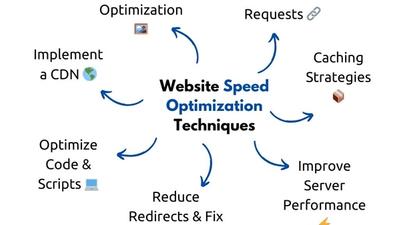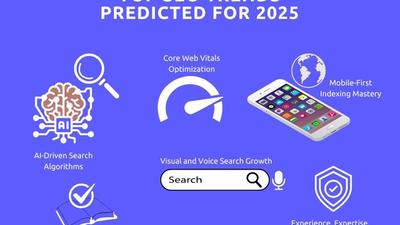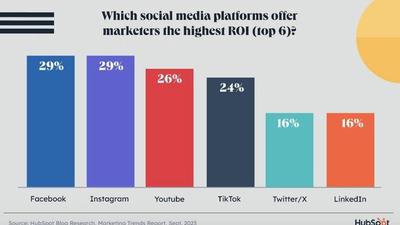Complete Guide to SEO for Beginners

ByteSimple
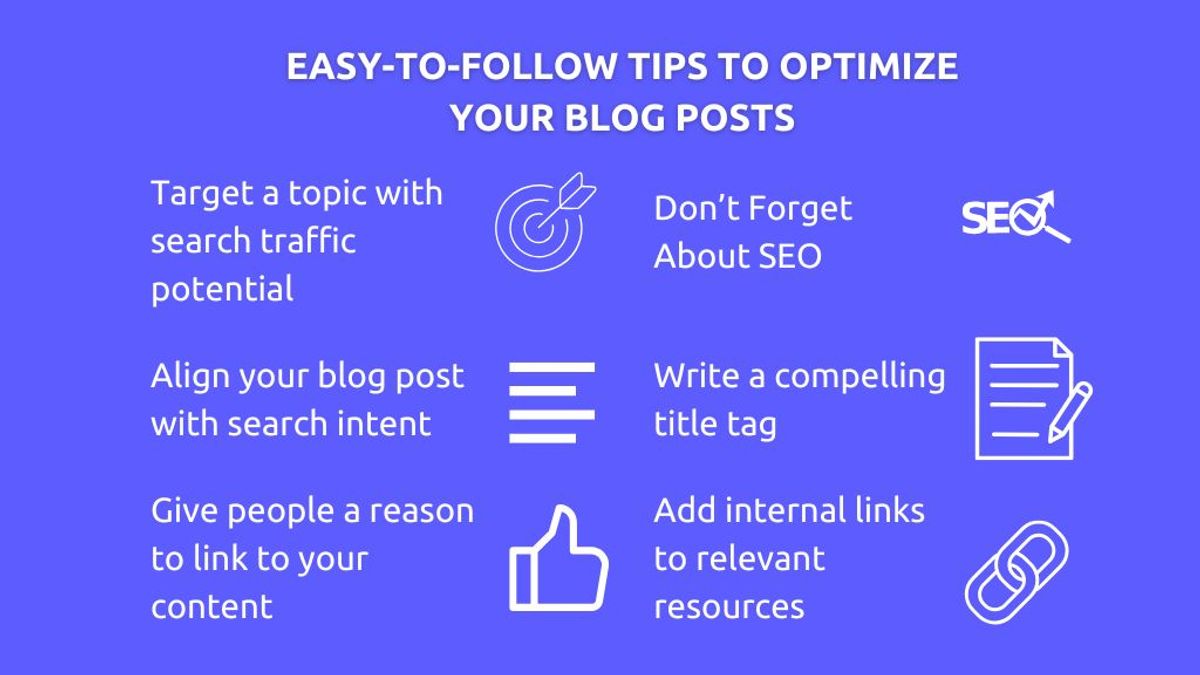
What is SEO?
Search Engine Optimization (SEO) is the process of improving a website’s visibility in search engine results to attract organic traffic. A well-optimized site enhances user experience, builds credibility, and increases conversions.
Why SEO Matters
1. Increased Visibility – Higher rankings lead to more traffic and brand awareness.
2. Cost-Effective Marketing – Unlike paid ads, SEO delivers long-term organic traffic at no ongoing cost.
3. Better User Experience – Well-structured content improves navigation and engagement.
Example: A small bakery with an SEO-optimized website can outrank local competitors and attract more customers searching for "best cupcakes near me" or "custom cakes in [city]."
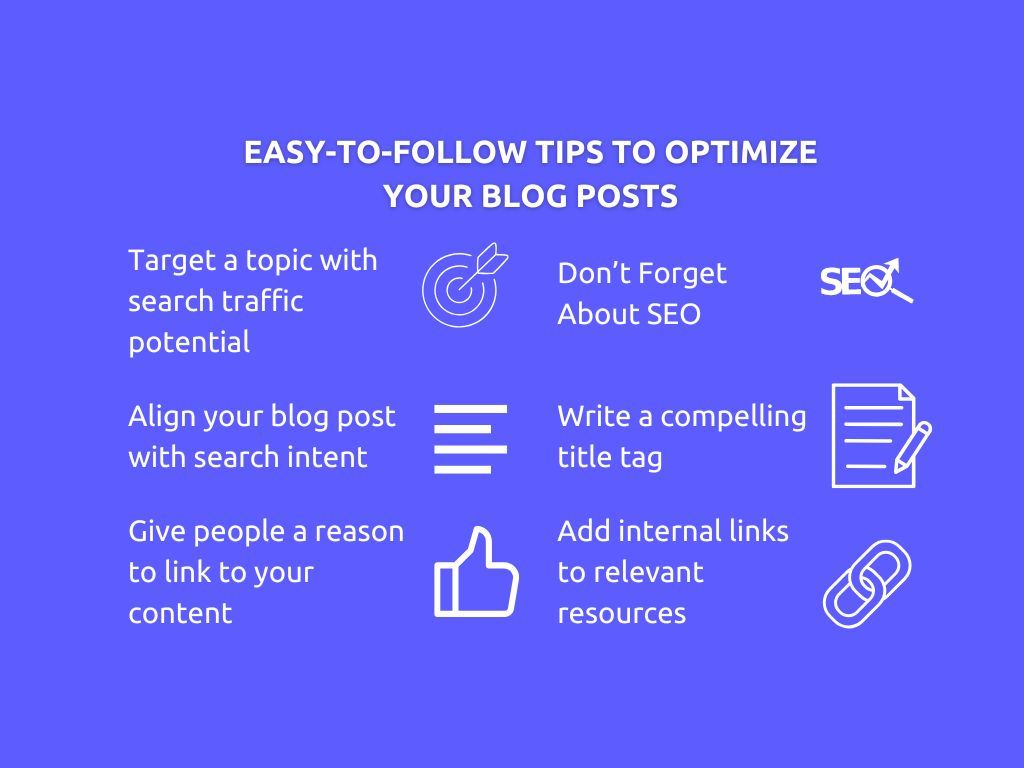
Step-by-Step SEO Guide for Beginners
SEO Tutorial: Complete (Step-by-Step) Guide
1. Keyword Research: Laying the Foundation
Keywords are the search terms people use to find content. Choosing the right ones increases your chances of ranking higher in search results.
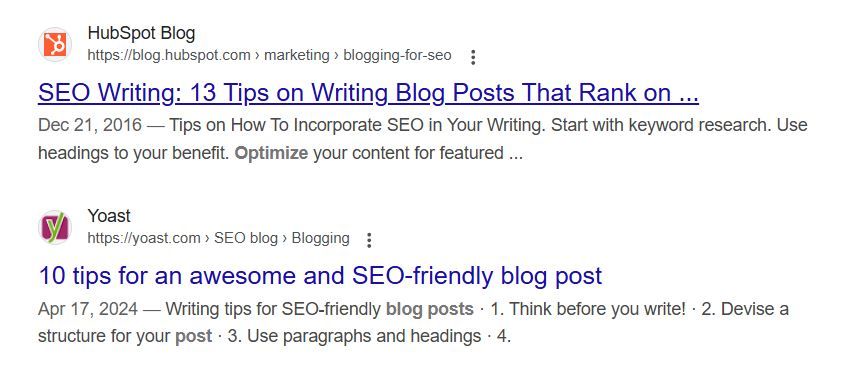
Tools to Use: Google Keyword Planner, SEMrush, Ubersuggest.
Best Practices:
- Focus on low-competition, high-volume keywords relevant to your niche.
- Use long-tail keywords (e.g., "how to bake gluten-free cupcakes" instead of "cupcakes").
- Analyze competitor keywords to discover ranking opportunities.
Example: A bakery might target “best chocolate cupcakes recipe” rather than just “cupcakes” for higher relevance and lower competition.
2. Optimize On-Page SEO
On-page SEO ensures search engines understand your content while keeping it user-friendly.
Key Elements:
- Title Tags & Meta Descriptions: Include primary keywords and make them compelling.
- Headings (H1, H2, H3): Use clear, descriptive subheadings for better readability.
- Internal Links: Connect related pages to keep users on your site longer.
- Image Alt Text: Optimize images with descriptive, keyword-rich alt text.
Example Meta Title:
"Beginner’s Guide to Baking: Learn the Basics of Delicious Creations"
Example Meta Description:
"Discover expert tips on baking. Learn step-by-step how to create delicious treats with this beginner’s guide."
3. Create High-Quality Content: The Key to SEO Success
Content is the core of SEO. Search engines prioritize valuable, informative, and well-structured content.
Content Guidelines:
- Address user intent – Provide clear answers to what people are searching for.
- Be original and engaging – Avoid duplicate content and use a conversational tone.
- Naturally incorporate primary and secondary keywords (avoid keyword stuffing).
Example: A 2024 study found that websites in Google’s top position receive 39.8% of clicks, while lower-ranked pages get significantly fewer.
Without SEO, your content remains invisible to searchers, resulting in lost opportunities. Unlike paid ads, SEO drives consistent traffic without ongoing costs.
4. Improve Technical SEO: Ensure a Smooth User Experience
Technical SEO helps search engines crawl and index your site efficiently.
- Mobile Optimization: A mobile-friendly website is essential, as most searches happen on smartphones.
- Page Speed Optimization: Use Google PageSpeed Insights to analyze and improve load times.
- Secure Your Site: Ensure your website has an SSL certificate (HTTPS) for better security and trust.
Example: A website that loads within 2 seconds retains visitors far better than one that takes 5+ seconds.
5. Build Backlinks: Boost Authority & Credibility
Backlinks (links from other websites to yours) act as votes of confidence for your content. The more high-quality backlinks you have, the more search engines trust your website.
How to Earn Backlinks:
- Guest Blogging – Contribute articles to reputable sites in your industry.
- Collaborate with Influencers – Have experts link back to your content.
- Create Shareable Content – Publish infographics, tutorials, and research-based posts to attract links naturally.
Avoid Black-Hat SEO Tactics: Buying backlinks or using spammy link-building techniques can lead to penalties from search engines.
Common SEO Mistakes to Avoid
- Keyword Stuffing – Overloading content with keywords hurts readability and rankings.
- Ignoring Analytics – Without tracking, you won’t know what’s working. Use Google Analytics to measure progress.
- Poor Site Navigation – A disorganized site structure makes it hard for users (and search engines) to find content.
Essential SEO Tools for Beginners
- Google Analytics – Monitor traffic and user behavior.
- Yoast SEO – Optimize SEO settings on WordPress sites.
- Ahrefs – Analyze competitors and identify backlink opportunities.
Next Steps: Apply These SEO Strategies Today
SEO is an ongoing process, but implementing these best practices will help you build a strong online presence. Start with keyword research, content optimization, and technical fixes, then track your progress with SEO tools.
Ready to start your SEO journey? Apply these tips today and watch your website grow! For more resources, explore our detailed SEO guides or contact us for personalized assistance.
